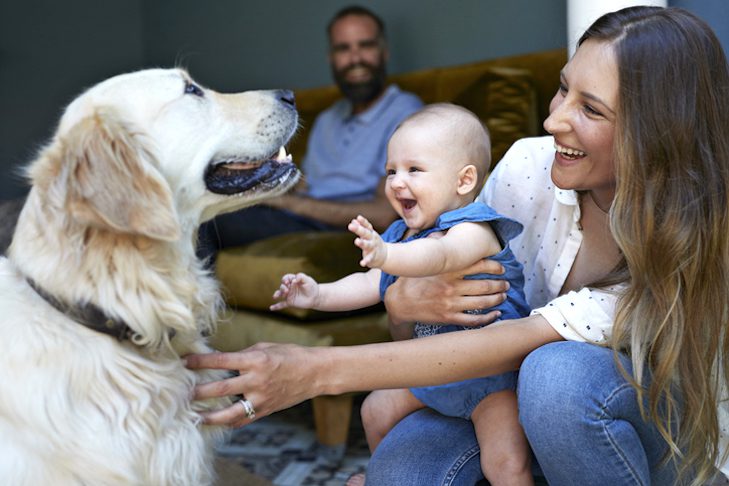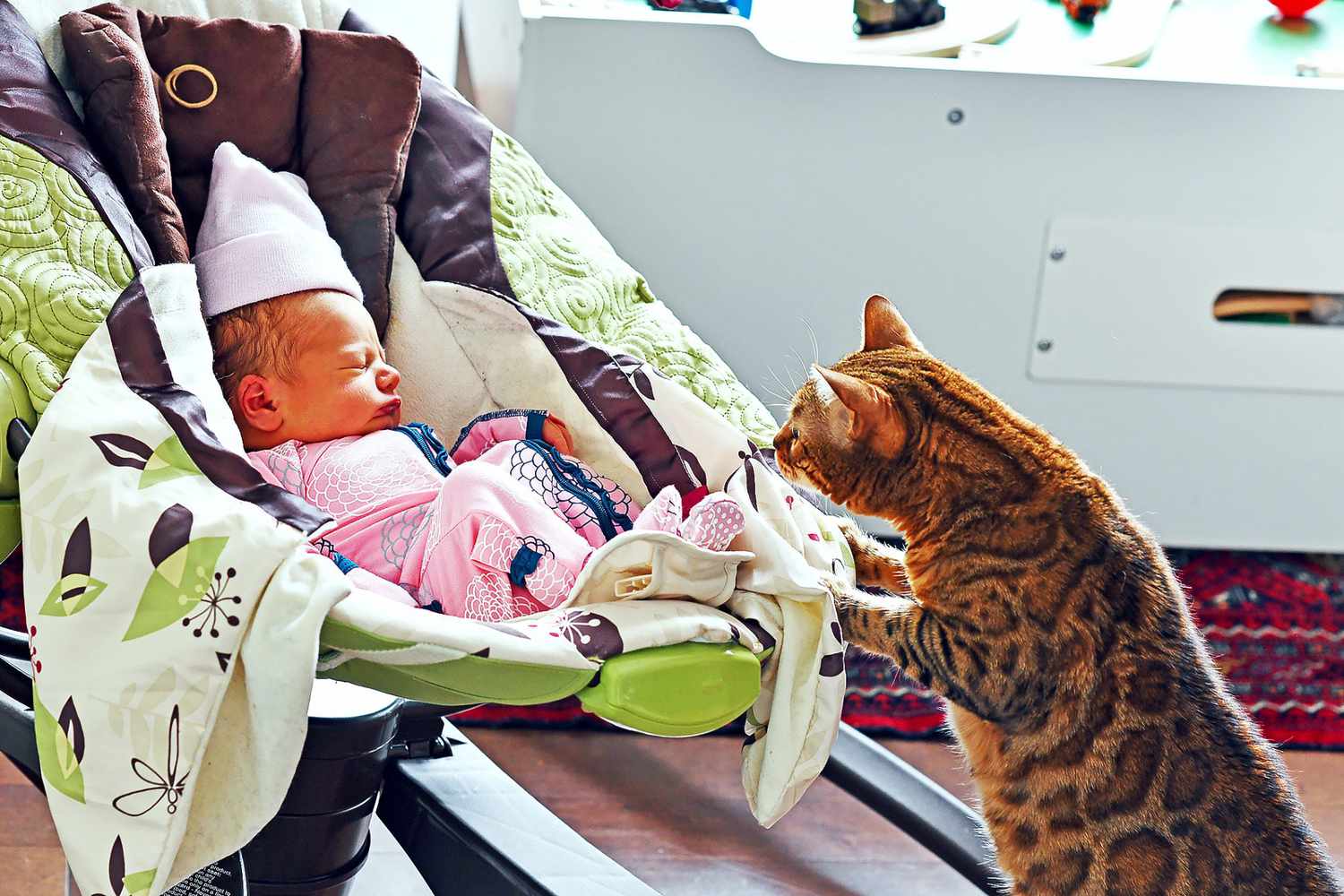Are you ready to embark on an exciting journey of feline companionship? If you're considering introducing a new kitten to your older cat, then get ready for a world of adorable antics, heartwarming cuddles, and endless entertainment. But hold on, before you dive headfirst into this furry adventure, it's crucial to understand the significance of proper introductions.
Just like humans, cats have their own unique personalities and boundaries. By mastering the art of introducing a kitten to an older cat, you'll not only ensure a harmonious household but also create a lifelong bond between your fur babies. So, let's unravel the secrets behind this magical introduction and unlock the door to a purrfectly blended family dynamic.
Key Takeaways:
- Gradual introduction: Introduce the kitten to the older cat slowly and in a controlled manner, allowing them to become familiar with each other's scents before meeting face-to-face.
- Separate spaces: Provide separate living areas for the kitten and older cat initially, allowing them to adjust to each other's presence without feeling threatened or overwhelmed.
- Supervised meetings: When introducing the kitten and older cat, supervise their interactions closely to prevent any aggression or dominance issues. Gradually increase their time together as they become more comfortable with each other.
- Scent swapping: Swap bedding or toys between the kitten and older cat to help them get accustomed to each other's scent, promoting a sense of familiarity and reducing tension during introductions.
- Positive reinforcement: Reward both the kitten and older cat for calm behavior during interactions, using treats or praise to create positive associations with each other's presence. This can help foster a harmonious relationship between them over time.
Introducing a New Kitten to an Older Cat: Best Practices
Start with a Slow Introduction
When introducing a new kitten to an older cat, it's important to take things slow. Start by keeping the two cats in separate rooms for a few days, allowing them to get used to each other's scents. You can swap bedding or use a cloth to rub each cat and then place it near the other cat's area. This will help them become familiar with each other's scent before meeting face-to-face.
Gradually Allow Face-to-Face Interactions
After a few days of separate rooms, you can start allowing short supervised interactions between the two cats. Keep the initial meetings brief and positive, offering treats or playtime as rewards for calm behavior. If either cat shows signs of aggression or fear, separate them and try again later. Gradually increase the length of these interactions as both cats become more comfortable with each other.
Helping Your Older Cat Feel Comfortable with a New Kitten
Create Safe Spaces for Both Cats
It's important to provide safe spaces for both your older cat and the new kitten. Each cat should have their own separate area where they can retreat to when they need some alone time. This could be a cozy bed, a tall scratching post, or even a separate room if possible. Having their own space will help reduce any potential stress or anxiety they may feel during the introduction process.
Keep Routines Consistent
Cats are creatures of habit, so keeping their routines consistent can help them feel more secure during this transition period. Stick to regular feeding times and play sessions for both cats. Make sure your older cat still receives plenty of attention and affection from you so that they don't feel neglected by the arrival of the new kitten. By maintaining a familiar routine, your older cat will feel more at ease with the changes happening in their environment.
The Importance of Giving Each Cat Their Own Space during Introduction
Preventing Territory Disputes
Cats are naturally territorial animals, and introducing a new cat into their space can lead to territorial disputes. By providing each cat with their own separate space, you can help prevent these conflicts from arising. This allows each cat to have a sense of ownership over their territory and reduces the likelihood of aggressive behavior.
Reducing Stress and Anxiety
Introducing a new cat can be stressful for both the older cat and the new kitten. Giving each cat their own space helps reduce stress and anxiety by allowing them to have a safe retreat where they can relax and feel secure. It also gives them time to adjust to each other's presence gradually, without feeling overwhelmed or threatened.
Signs that Show Cats are Getting Along during the Introduction Process
Playful Interactions
One positive sign that cats are getting along is when they engage in playful interactions with each other. This could include chasing each other, batting at toys together, or even grooming each other. Playful behavior shows that they are comfortable in each other's presence and enjoy spending time together.
Relaxed Body Language
When cats are getting along, they will often display relaxed body language around each other. Look for signs such as soft eyes, relaxed ears, and loose body posture. If both cats seem calm and content when they are near each other, it's a good indication that they are forming a positive relationship.
How Long Does it Take for Cats to Adjust and Become Friends?
It Varies for Each Cat
The time it takes for cats to adjust and become friends can vary greatly depending on their individual personalities and past experiences. Some cats may become fast friends within a few weeks, while others may take several months. It's important to be patient and allow the cats to set the pace for their relationship.
Slow and Steady Wins the Race
In general, a slow and gradual introduction process tends to yield better results in terms of cats becoming friends. Rushing the process can lead to stress and conflicts between the cats. By taking your time and allowing them to adjust at their own pace, you increase the chances of them forming a strong bond over time.
Toys and Treats that Can Help Ease the Introduction between a Kitten and an Older Cat
Interactive Toys
Using interactive toys can help redirect any potential aggression or tension during the introduction process. Toys such as puzzle feeders or wand toys can keep both cats engaged in a positive activity while being in each other's presence. This helps create positive associations with each other's company.
Treats for Positive Reinforcement
Offering treats as rewards during supervised interactions can help reinforce positive behaviors between the two cats. For example, if they approach each other calmly or engage in friendly play, reward them with a small treat. This helps create positive associations with each other's presence and encourages them to continue behaving in a friendly manner.
What to Do if Cats Aren't Getting Along after Being Introduced
Give Them More Time
If your cats aren't getting along right away, don't panic. Sometimes it just takes more time for them to adjust to each other's presence. Continue with supervised interactions, gradually increasing their duration as they show signs of improvement. Be patient and give them more time to build their relationship.
Seek Professional Help if Needed
If the cats' behavior remains hostile or aggressive even after a significant amount of time, it may be helpful to seek advice from a professional, such as a veterinarian or animal behaviorist. They can provide guidance and suggest additional strategies to help improve the relationship between your cats.
In conclusion, introducing a kitten to an older cat requires patience and gradual steps. By providing separate spaces, supervised interactions, and positive reinforcement, you can help them build trust and form a harmonious relationship over time.
How long does it take for a cat to get used to a new kitten?
The time it takes for a cat to make friends with a new kitten can vary as each cat has its own unique personality. According to Paws.org, it can take anywhere from 8 to 12 months for an adult cat to become friends with a new kitten. However, some cats may be aggressive towards other cats and may never develop a friendly relationship.
Will an older cat accept a kitten?
Generally, adult cats are more likely to accept a new kitten than they are to accept another adult cat. This is because cats are territorial and may not appreciate the presence of an adult intruder. If you have the option to choose from a group of kittens, it is recommended to avoid selecting one that is hissing, growling, or engaged in serious fighting with its littermates.
What if my cat hates my new kitten?
You can pet your new kitten while letting your older cat sniff you and giving it treats. This can help your cat understand that the scent of the new kitten is not a negative thing. Eventually, your older cat may start to associate the smell of the kitten with treats, creating a positive association.
Where should my kitten sleep on the first night?
For the initial nights, it is beneficial to keep the kitten near you. Locate a comfortable spot next to your bed, preferably elevated if feasible, as kittens feel more secure at higher levels.
Is it normal for my cat to hiss at a new kitten?
When a cat is introduced to a new kitten, it is common for them to hiss. This is because it is a new and unfamiliar situation for the cat, causing them to feel stressed. As long as the hissing does not escalate into aggressive behavior, it should eventually cease if the introduction process is conducted carefully and gradually.
What happens if you introduce cats too quickly?
When cats are introduced too quickly and without proper preparation, they often feel threatened and scared, leading to an increased likelihood of aggressive behavior. Once cats develop these negative feelings towards each other, it can be very challenging to change their perspective.

















